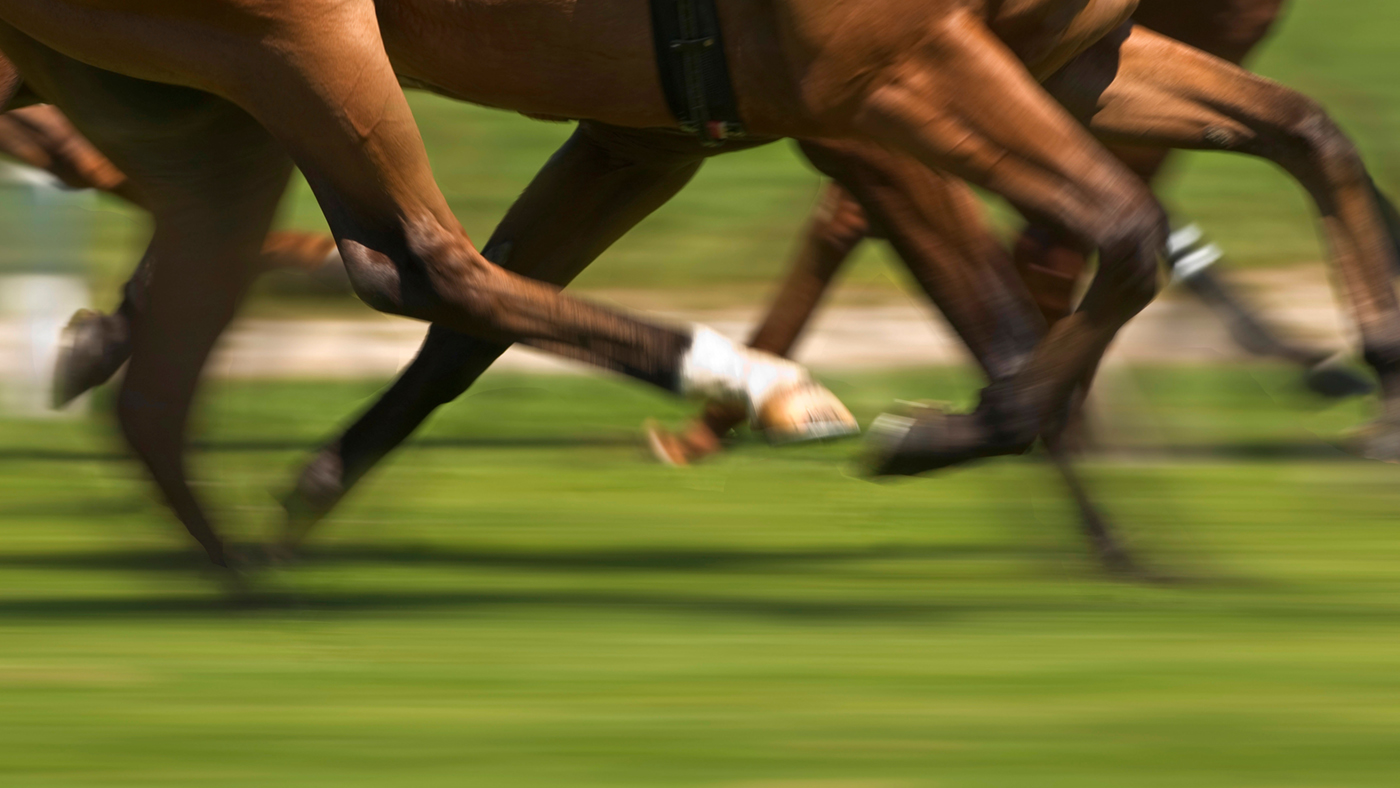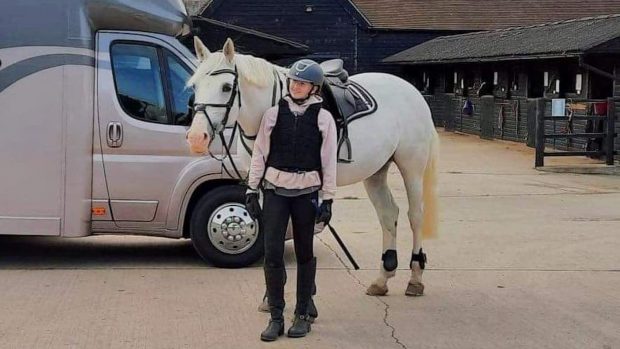Surgery — the options
Horses that have displaced fractures or bilateral fractures will need surgery.
Depending on the nature of the patient and the type of fracture, this can be performed in the standing horse using sedation and local anaesthetic.
Sometimes a short general anaesthetic is needed, but this adds its own extra risks.
For fractures of the part of the jaw to the front of the cheek teeth — the incisors, incisive bone, mandible and premaxilla — repair can be performed with intra-oral wiring.
This involves thoroughly cleaning the fracture site and manually reducing the fracture.
Stainless steel wire is then inserted around the teeth on either side of the fracture to anchor it in place.
In cases where the canine teeth are present and the fracture is located in front of them, a notch can be cut into the canine teeth and a wire passed around them to hold the incisors in place.
A wire can be passed back around the second cheek tooth to provide further support, especially if the fracture is located behind the incisors and canine teeth.
An acrylic can be added to provide more security and to cover the sharp cut ends of the wire.
With a little creativity, intra-oral wiring can be used to stabilise any type of fracture in this area.
The goals of any fixation are anatomic alignment and stability to allow the horse to eat and drink.
There are occasions when more involved methods of fixation are required, such as internal fixation with screws and plates, plus intra-oral wiring.
For example, when a horse is kicked on the chin and the mandible is fractured with the incisors pushed back into the mouth, intra-oral wiring is used alongside an external fixator and/or a bone plate and screws to maintain stability.
For the full veterinary article on broken jaws, see the current issue of Horse & Hound (1 September, 2011)
Learn more about fractures in horses




